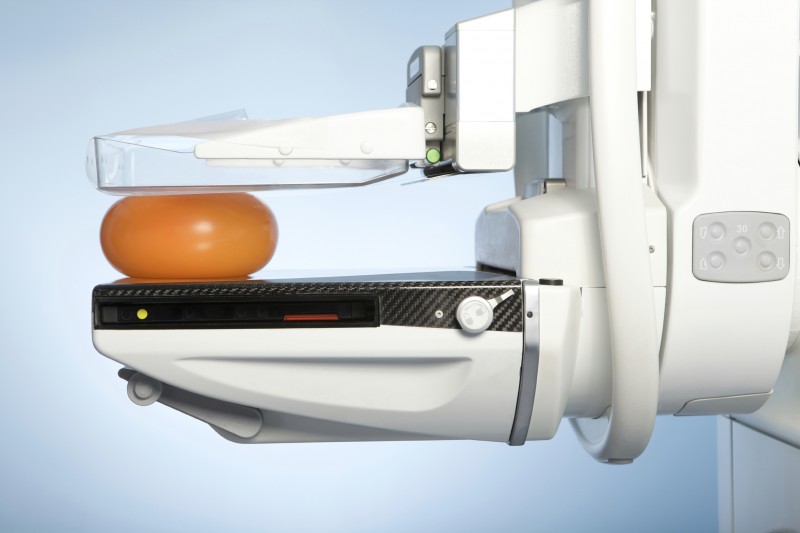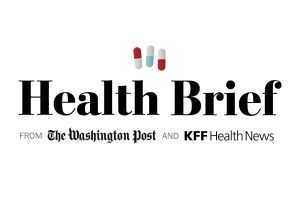Draft recommendations on screening mammography continue to stir debate
The release of new guidelines on mammography never fails to renew the heated controversy over the potential benefits and harms of this procedure. The latest draft guidelines from the U.S. Preventive Services Task Force (USPSTF) are no exception. Various expert bodies have already taken conflicting positions on them. You can have your say, too, if you hurry — public comment on the draft closes today. Screening mammography is done in healthy women to spot hidden breast cancer. Some expert groups say that women should begin having regular mammograms at age 40, others set the start age at 50. The age at which women should stop having mammograms is also disputed. The USPSTF is an independent panel of experts in primary care and prevention. It is charged with making

The release of new guidelines on mammography never fails to renew the heated controversy over the potential benefits and harms of this procedure. The latest draft guidelines from the U.S. Preventive Services Task Force (USPSTF) are no exception. Various expert bodies have already taken conflicting positions on them. You can have your say, too, if you hurry — public comment on the draft closes today.
Screening mammography is done in healthy women to spot hidden breast cancer. Some expert groups say that women should begin having regular mammograms at age 40, others set the start age at 50. The age at which women should stop having mammograms is also disputed.
The USPSTF is an independent panel of experts in primary care and prevention. It is charged with making recommendations on the use of preventive services. Its last recommendations on mammography, made in 2009, said that women between the ages of 50 and 74 should have the test every other year.
The new draft recommendations are similar to those issued in 2009, though there are some differences. The starting and ending ages for screening mammograms are the same. The new draft says there isn’t enough evidence to recommend or discourage the use of a new technique called 3-D mammography for screening. The task force also says that there isn’t enough evidence to recommend that women with dense breasts, who are at higher risk of breast cancer, should have an ultrasound or MRI in addition to screening mammography.
The American Cancer Society and other medical organizations recommend that women begin getting regular mammograms at age 40. The USPSTF, in contrast, advises women between the ages of 40 and 49 to talk with their doctors to make their own decisions about screening depending on how they value the potential benefits and harms of mammography.
Many women, and their doctors, don’t think much about the possible downsides of screening mammography. A statistical model included in the USPSTF draft shows that annual mammograms among 1,000 women in their 40s would prevent one death compared to 1,000 women of the same ages who didn’t have mammograms (7 vs. 8). But screening in this age group would also trigger 576 false positive tests, 58 unnecessary breast biopsies, and two extra over-diagnosed tumors (20 vs. 18) that would not have affected health or longevity.
A study recently released in the journal Health Affairs estimates that false-positive mammograms and the over-diagnosis of breast tumors costs the U.S. health care system $4 billion per year. This figure is much larger than previous estimates and should be part of the national conversation on the use of screening mammography.
While annual mammograms save lives, there are many false positive scans and a small number of over-diagnosed tumors. Individual women may weigh these numbers differently and make different value judgments in deciding whether to start having mammograms at age 40.
For women ages 75 and older, the USPSTF panel continues to say that there isn’t enough evidence to recommend for or against routine mammograms. Other experts suggest that mammograms make sense for women in this age group who are expected to live 10 or more years, based on their good health.
Comments can be made on the USPSTF draft until 8:00 pm Eastern Time today. A final version of the recommendations is expected to be released in the fall of 2015.
The post Draft recommendations on screening mammography continue to stir debate appeared first on Harvard Health Blog.
SOURCE: Harvard Health Blog – Read entire story here.








